I remember the first time I heard a presentation about virtual fence collars and fenceless barriers for livestock. The technology guy suggested, “You’ll be able to move the fence and the cows from your beach chair”. Being a retired fence contractor with thousands of feet of reality fences under my post pounder, I was very skeptical. Admittedly, I scoffed at, said “progress”.
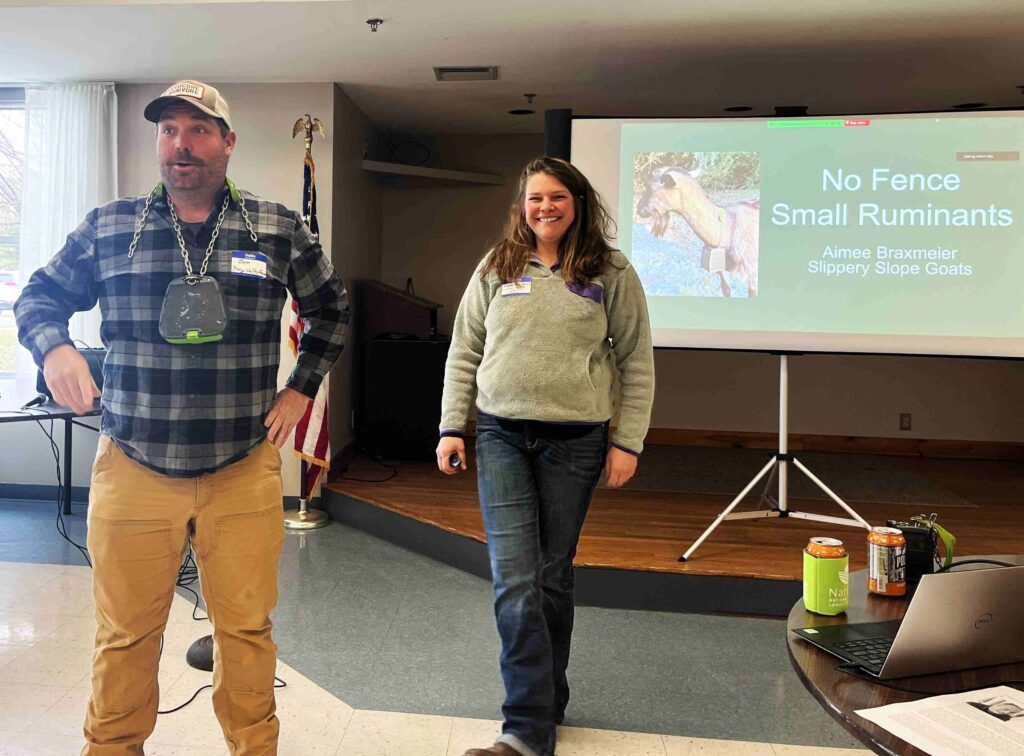
Despite my skepticism, the livestock fence collar business is burgeoning as the technology matures and learns from producers. Companies like Nofence, Halter, Vence, Gallagher, Monil and Corral Technologies are all vying for your business with a variety of attributes and price points that can be customized for any farm or ranch.
The fence collar with its signature beeping, mimics what dog owners use except there is no perimeter wire underground plugged into the residence. Each livestock collar is self-sufficient with a small, solar-charged battery, and a motherboard of technology software. They run off cell service and/or base stations connected to your phone or computer. Collars can range from $250 for goats and $350 for cows plus base station, installation and maintenance costs, plus a yearly subscription fee. Doing your homework and talking to other producers would be a good idea before making a purchase.
Instead of stretching miles of perimeter and subdivision fences, farmers are using these digital interfacing collars to create paddocks of any size or shape. With a combination of audio cues and electrical pulses a farmer can adjust to odd-shaped fields, move animals multiple times a day, or even create a barrier to strategically graze a cover crop or a small plot of land in the suburbs. It’s also an important tool for excluding animals from sensitive areas without the heavy infrastructure. For this reason alone, some states are cost-sharing the collars for conservation purposes, especially in the western US, and possibly in the Chesapeake Bay Watershed.
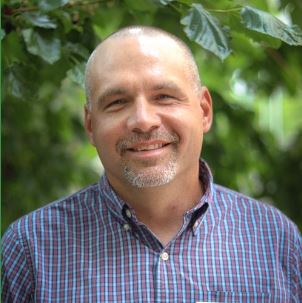
For those practicing managed grazing, it offers unmatched flexibility to optimize animal performance, pasture health and productivity. Former Pennsylvania dairy farmer, Ted Miller who milks over 750 collared milk cows on a thousand acres in Louisiana says the grazing efficiency is a “game changer” and acts as a one-man equivalent for the operation. “I would have a hard time giving up this technology tool,” said Miller.
I am cautious about a tool that has the potential to replace me in the pasture and afford me the opportunity to “NOT” walk the land, check the animals regularly and observe the nuances of grazing management decisions. I feared it would make me lazy, and you know how that goes over in agriculture. But like everything in agriculture, there’s always those “crazy farmers” who would help me understand new things and demo it, help get the kinks out and ultimately be the practitioners sharing what they have learned with others, while folks like me sit on the sideline and be armchair quarterbacks.
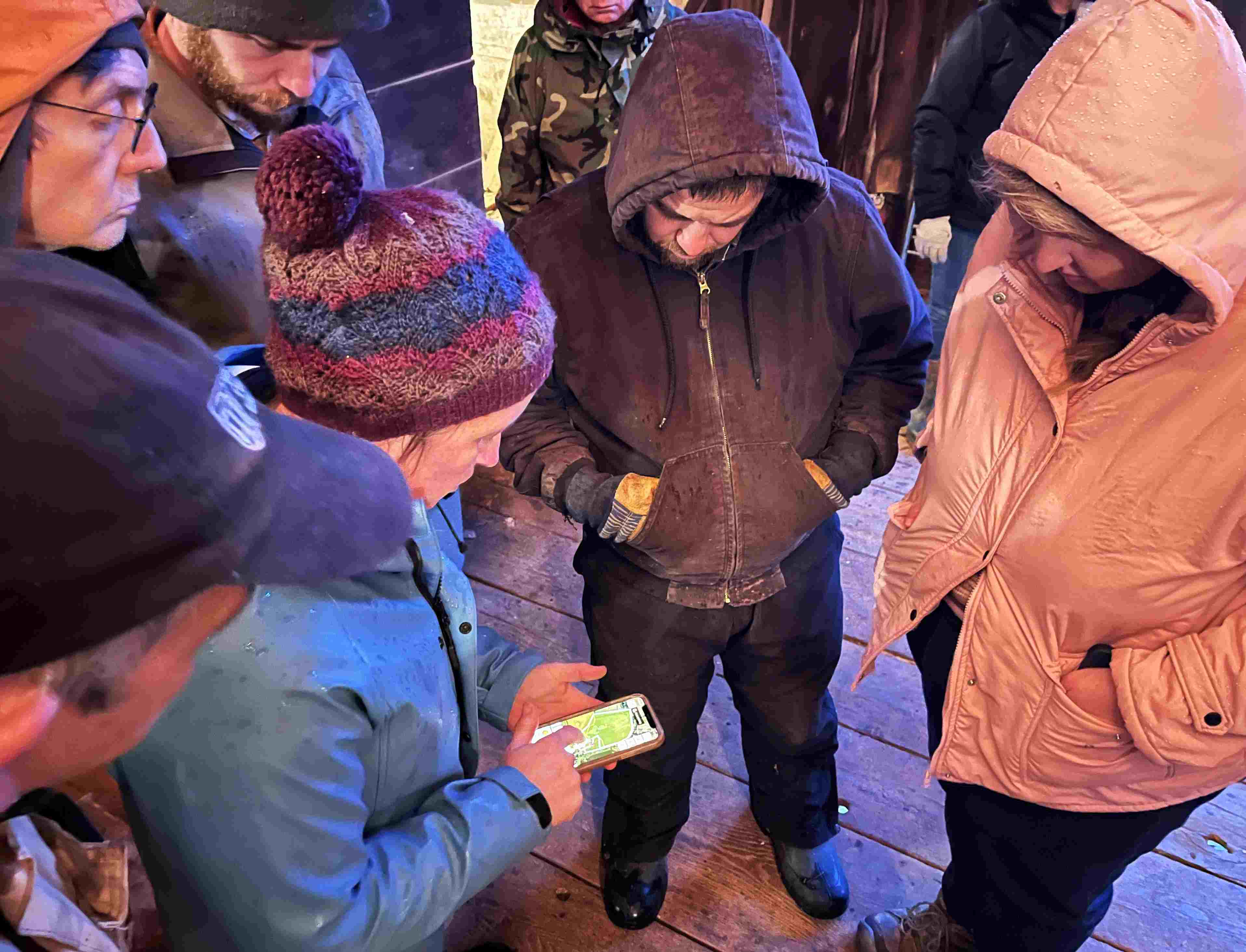
Besides Mr. Miller sharing his story at, (www.grazinglands.org/education/embracing-innovation), my friend, Ben Notterman from his Vermont-based Snug Valley Farm chronicles his Nofence collar experiences with his 60 head herd and spotty cell service at (www.youtube.com/watch?v=8ueOpvtWfXY). Another fantastic mentor is Molly over at Virginia’s Georges Mill goat farm,( www.georgesmillcheese.com), who virtually grazes 40 dairy goats behind a piece of fake polywire to keep people out from wandering in, as she utilizes small plots outside of the bedroom community of Lovettsville to make delicious cheeses.
My eyes were really opened after attending the 9th National NatGLC Conference and interacting with ranchers and extension professionals who are using beef cattle collars on thousands of acres of western private and public grazing lands. They are excluding riparian areas and targeting grazing regimes to improve the land, reduce fire loads and animal performance while still being friendly to the visitors and wildlife. (www.youtube.com/watch?v=NYWyKfkf1J4
Cool things about this tool is the data it collects and seeing the grazing patterns. It tells you if the animal is eating or resting, has slipped the collar or is testing the virtual boundary. It has also been lauded because it keeps animals in during weather events that take down real fences. New custom grazing start-up businesses are using the technology to remove vegetation from powerlines, ski slopes and in urban settings. Maybe you’ll see animals grazing medians on the NYS Thruway, Route 81 or around the beltway.
With any fencing, there are occasional escapes and snafus, but if the fish are biting maybe moving cows from my phone ain’t so bad.

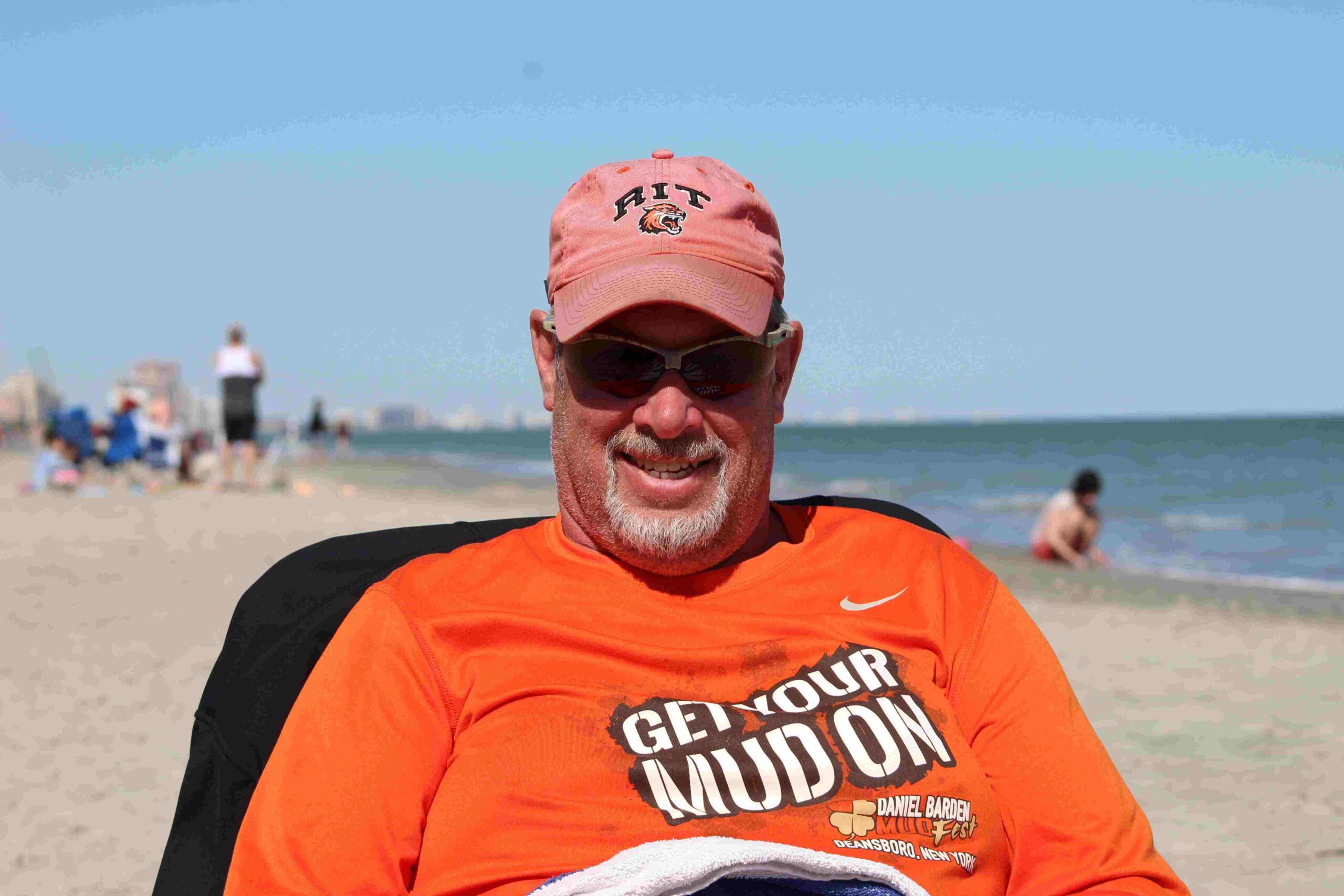
 Bale Grazing: Another Tool in the Box
Bale Grazing: Another Tool in the Box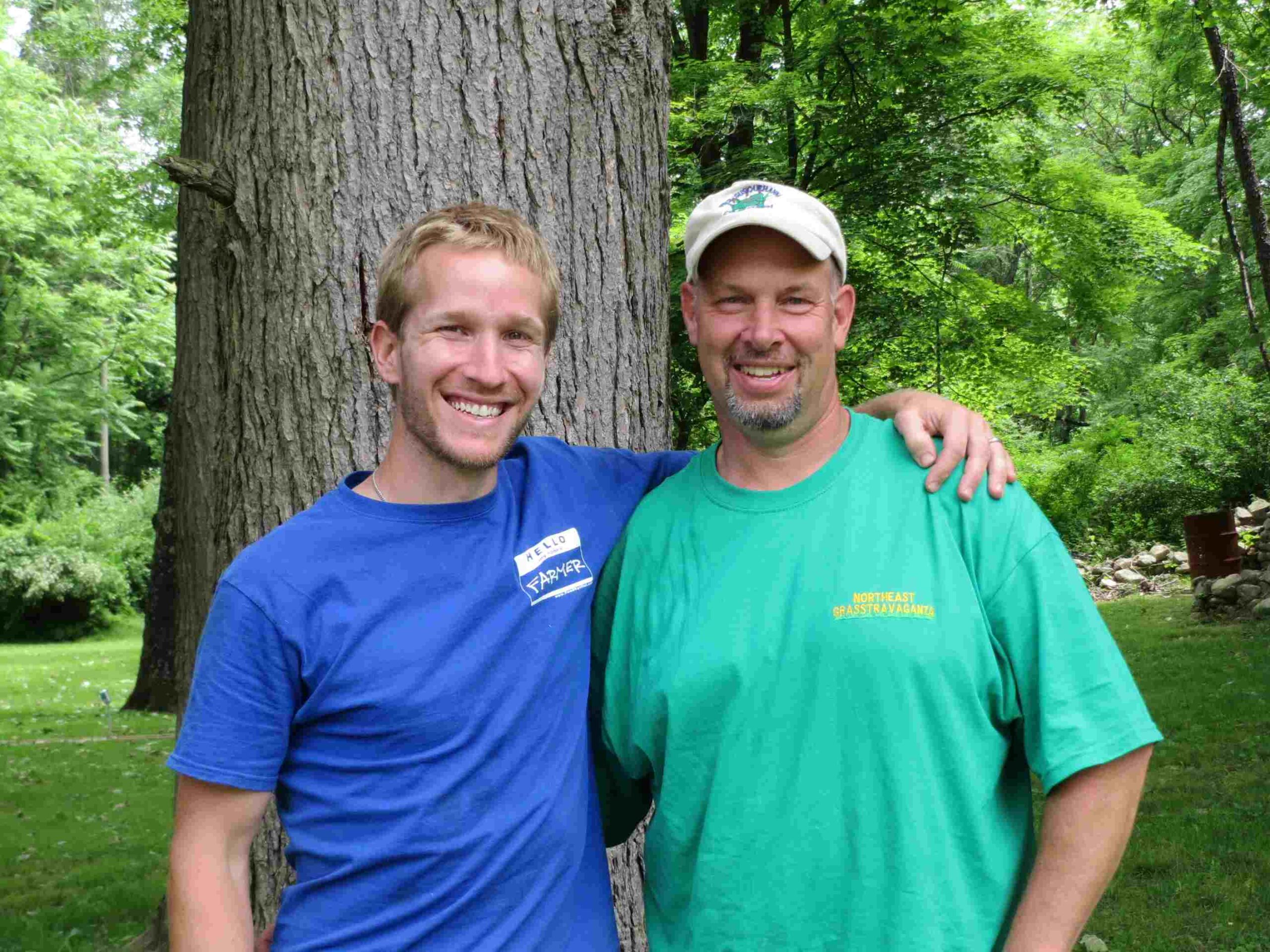 »
»